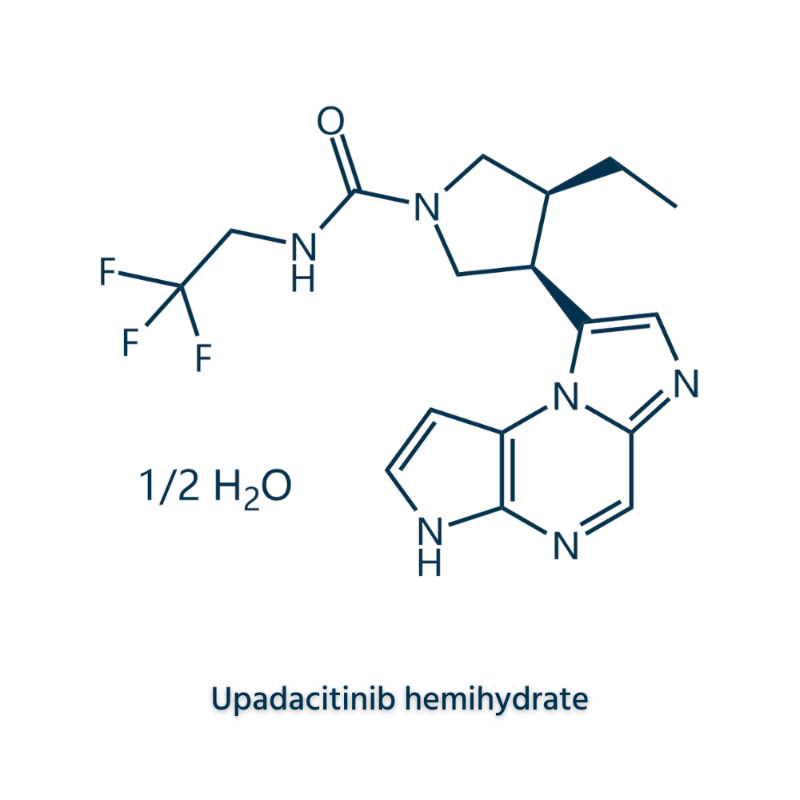-
Categories
-
Pharmaceutical Intermediates
-
Active Pharmaceutical Ingredients
-
Food Additives
- Industrial Coatings
- Agrochemicals
- Dyes and Pigments
- Surfactant
- Flavors and Fragrances
- Chemical Reagents
- Catalyst and Auxiliary
- Natural Products
- Inorganic Chemistry
-
Organic Chemistry
-
Biochemical Engineering
- Analytical Chemistry
-
Cosmetic Ingredient
- Water Treatment Chemical
-
Pharmaceutical Intermediates
Promotion
ECHEMI Mall
Wholesale
Weekly Price
Exhibition
News
-
Trade Service
The somatic cell mutation load of NF1-glioma is affected by age and tumor levelHigh-level tumors, including genetic changes in TP53 and CDKN, and atRX mutations are associated with telomere replacement extensionLow-level tumors show fewer mutationsAbout 50% of low-grade NF1-gliomas appear to have T lymphocyte leaching and new antigen load increasesNF1-gliomas belong to the LGm6 groupThe LGm6 group is an undefined IDH1 wild subgroup with attRX mutationsTherefore, the analysis of NF1-glioma reveals its unique molecular expression spectrum- From the article chapter
Ref: D'Angelo F,et alNat Med2019 Jan;25 (1):176-187doi: 10.1038/s41591-018-0263-8Epub 2018 Dec 10.:neurofibromatosis type 1 (NF1) is a common type of tumor susceptibility syndrome, and glioma is one of the types of tumors that occur in combinationHowever, genetic and epigenetic changes in such patients and differences with diffuse gliomas remain unknownDetailed studies of the molecular expression of low-level and high-level gliomas in patients with NF1 and gliomas, including Fulvio D'Angelo of the Institute of Oncology genetics at Columbia University Medical Center in New York, Usain, found that the molecular expression spectrum of NF1-glioma was unique and was published in Nature Medicine in January 2019the authors collected tumor samples from 56 patients with NF1-glioma, sequenced tumor specimens and matching blood samples with full exon sequencing, and analyzed reproductive cell and somatic cell mutationsAnalysis of somatic cell mutations found that the NF1 mutation spectrum in glioma patients did not congregate in specific domains of the NF1 protein, and that the distribution of the mutation was independent of the patient's age or tumor levelAs we age, the burden of mutationincreases increasesThe mutant load of adult high-grade glioma is 6 times higher than that of low-grade gliomas in childrenFurther analysisfound that the number of copies of the TERT gene increased more frequently than non-high-level gliomas in low-grade gliomasHigh-level NF1-gliomas are often accompanied by INactivated mutations of ATRX, but no IDH1 mutationsATRX mutations are mutually repulsive with the increase in the number of copies of TERT genes and occur in conjunction with the loss of the number of copies of CDKN/CDKN2BThere is no TP53 mutation in low-level NF1-gliomasfunction notes show that atRX mutations cause inactivation of ATRX proteinsATRX mutations in NF1-glioma occur mainly in adult patientsATRX staining was validated in samples buried in paraffin, and the results were consistent with the sequencing resultsthe authors sequenced RNA in NF1-glioma specimensThe unsupervised clustering of 1330 most variable genes suggested that the specimens could be divided into two broad categoriesFunctional annotation of the 100 genes with the most obvious differences, the Gene Function Regulation Network reveals genes rich in high-level NF1-glioma, which fall into the cell cycle and filamentdivision, chromosomal tissue, RNA metabolism and neurogenesis categories;immunological staining of T lymphocyte markers CD3 and CD8 confirmed the following findings, T-cells immersed in high immunity NF1-glioma, including the positive cells of granulase B (GZMB) positive for CD8-T cell activation, and reacted to immunotherapy finally, the authors compared the molecular expression spectrum of NF1-gliomas with gliomas emitted in TCGA Monitoring and unsupervised clusters showed that all NF1-glioma specimens belonged to the LGm6 glioma group, characterized by grade II, GRADE III tumors (hair cell atomomas) and IV tumors (LGm6-GBM) , the somatic cell mutation load of NF1-glioma is affected by age and tumor level High-level tumors, including genetic changes in TP53 and CDKN, and atRX mutations are associated with telomere replacement extension Low-level tumors show fewer mutations About 50% of low-grade NF1-gliomas appear to have T lymphocyte leaching and new antigen load increases NF1-gliomas belong to the LGm6 group The LGm6 group is an undefined IDH1 wild subgroup with attRX mutations Therefore, the analysis of NF1-glioma reveals its unique molecular expression spectrum.







